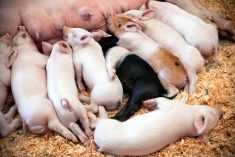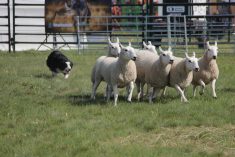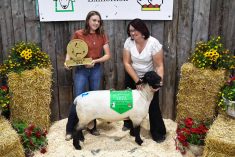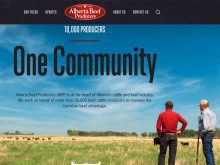The controversy over intensive livestock expansion has tormented municipalities across the Prairies as people and animals try to live in harmony.
Despite the controversy, some industry analysts say expansion must happen, especially in Saskatchewan with its large land base and ample grain supply.
“The opportunity is there and the need is there,” said Red Williams of Saskatchewan Agrivision Corp.
Much of the debate centres on the definition of how much livestock is acceptable in a given area, as well as how environmentally safe these new operations might be. There is also a worry about the long-term effects of large numbers of intensive operations in a single region.
Read Also
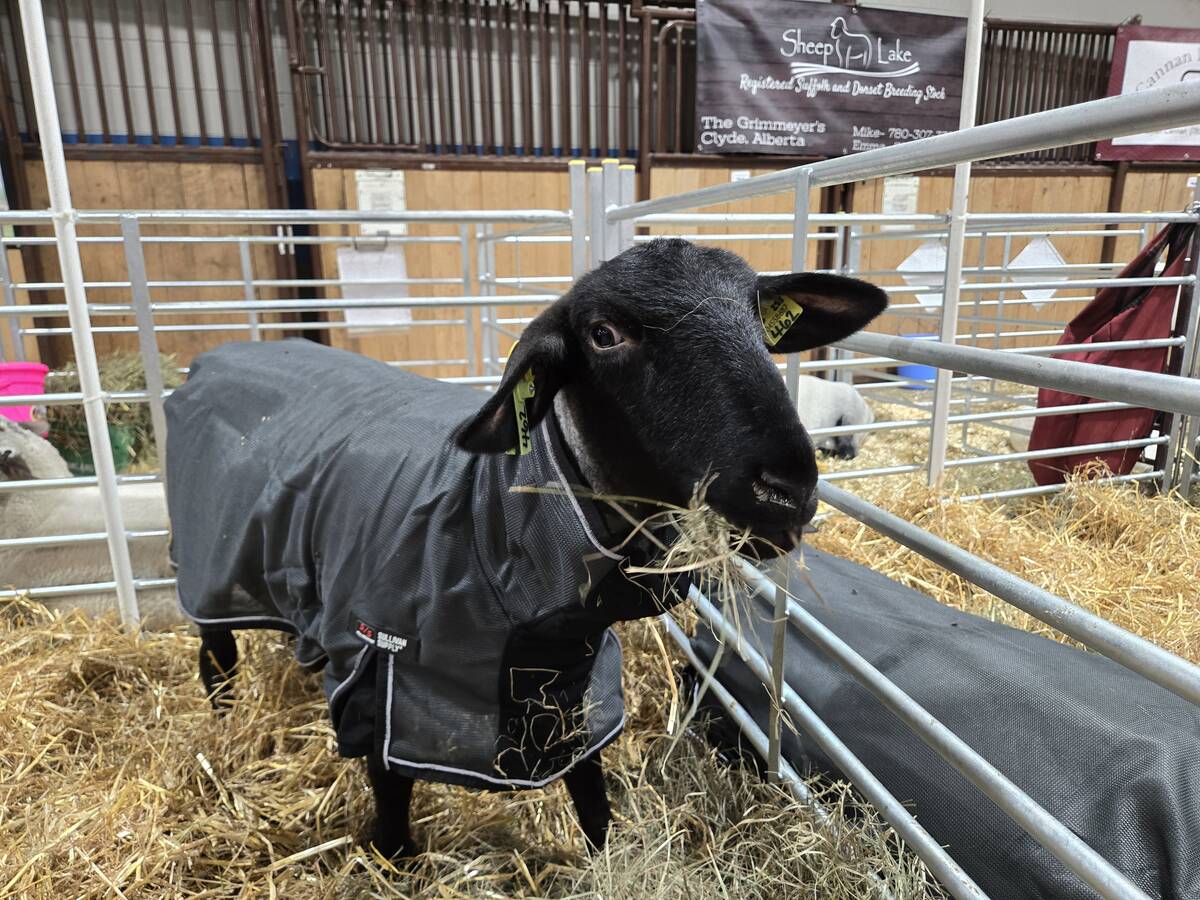
Sheep sector navigates changes in traceability
The sheep sector is developing advanced traceability systems and addressing ongoing challenges in accessing veterinary drugs and treatments.
Developers are frequently challenged and many proposals are rejected at the appeal level.
Williams said that’s unfortunate when these developments deliver economic benefits, and adhere to improved animal health and soil management practices.
“There are some people out there who are making a business of traipsing around the country and stalling development. Some of their information is seriously flawed,” said Williams.
In Alberta, a number of proposals have been stopped by citizens’ groups concerned over already high concentrations of livestock in their area. Environmental contamination, odor and devalued property are high on the list of complaints.
In the County of Lethbridge, for example, there are about 1.3 million head of livestock.
“Council has talked about regulating density but has chosen not to do this beyond setting minimum distance separation,” said Tom Golden of the Oldman River Intermunicipal Service Agency. This is a co-operative of 34 municipalities in southern Alberta.
The council is following an industry-designed code of practice for intensive operations. It sets down technical requirements for the construction of farms and includes establishing buffer zones between a farm and the nearest residence.
With these impediments, livestock expansion is happening at a slower pace than that promoted by consultants and provincial governments.
According to Statistics Canada figures from 1981, there were 35,580 farms in the country with one to 77 hogs each. In 2000, those smaller holdings had shrunk to 5,582 farms. Large farms with more than 2,653 hogs doubled. In 1981, there were 238 such farms compared to 536 in 2000.
Manitoba has seen most of its growth in hog production, but the provincial cow herd is also growing at a time when other provinces are shrinking theirs.
“In Manitoba, people are more and more concerned with hog expansion and want it done in a sustainable manner,” said Bill Steeds of Manitoba Agriculture’s animal industry branch.
In January 1996, there were 166,000 sows compared to the most recent count in 2001 when there were 273,000 sows and bred gilts. This is a 65 percent increase with the most activity in southern Manitoba.
The beef cow herd has also grown by nine percent in the last five years. In January 1996, there were 480,000 beef cows compared to this year’s census of 524,000.
Saskatchewan numbers also show an increase on the beef side.
Beef cow numbers as of January 2001 were 1.09 million. Including all classes of bulls, heifers, steers and cows, that is a total inventory of 2.262 million. The cow herd peaked in 1997 at 1.149 million but has declined since because of favorable prices in the calf market.
Saskatchewan had 74,500 sows on Jan. 1, 1996. In January 2001, that number had risen to 99,500 sows and bred gilts. Total hogs for this year is just over one million compared to 830,000 head in 1996.
Alberta reigns as cow capital.
Beef cows as of January 2001 numbered 1.67 million. This is down slightly from 1.8 million in 2000. Total inventory of all classes is 5.1 million head.
For Alberta, the greatest growth in the last 10 years has been in the cattle feeding industry where one-time capacity has doubled. In addition, the size of feedlots has increased.
In 1991 there were 229 operators finishing about 927,000 head. In 2001, there were 212 feedlot operators finishing 2.39 million head per year.
Large operators are responsible for more than half the finishing activity. In 2001, 32 operators account for 52 percent of the fed cattle production. These are producers with a 10,000-head onetime capacity. There are 11 lots with better than 20,000 head. They finished a full third of Alberta’s beef.
Fred Schuld, of Alberta Agriculture, tracks hog numbers.
“The numbers indicate it is fairly flat in production terms,” he said.
For this quarter, there were about 185,000 sows and bred gilts compared to last year, when an estimated 181,000 sows were in production.
However, Schuld points out that statistics can skew what is happening since sows are more productive. Fewer females are required to produce the same number of market hogs. The average Alberta sow weans 20 pigs a year.
There are also more large farms compared to five years ago. As of this January 1,950 Alberta farms reported hog production, compared to five years ago when there were 4,000 farms.





